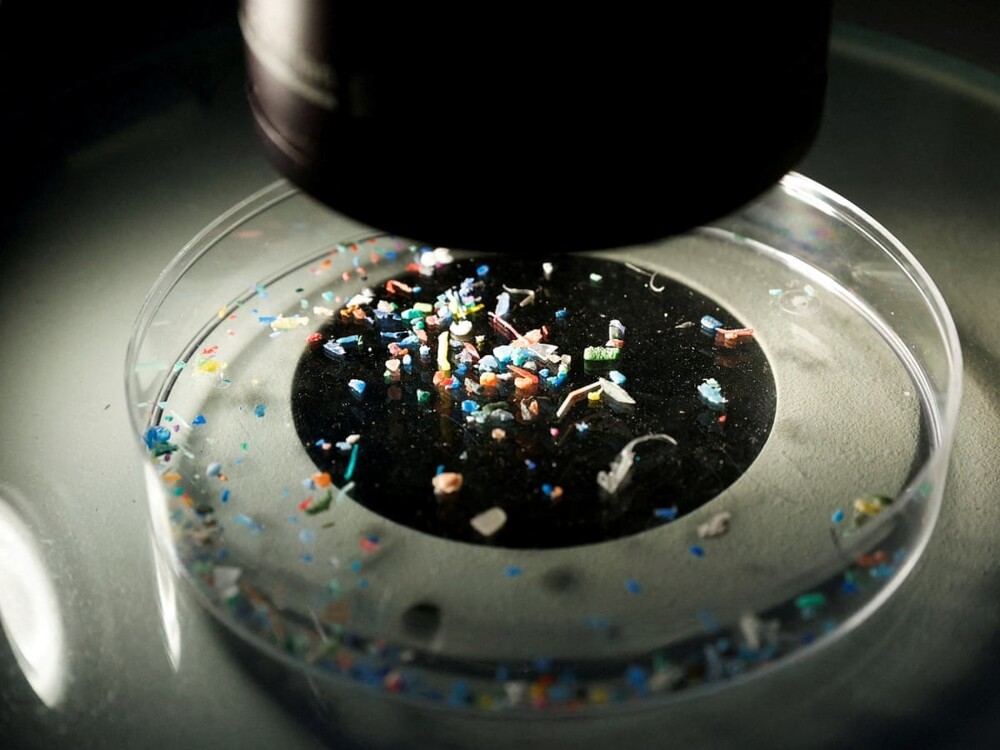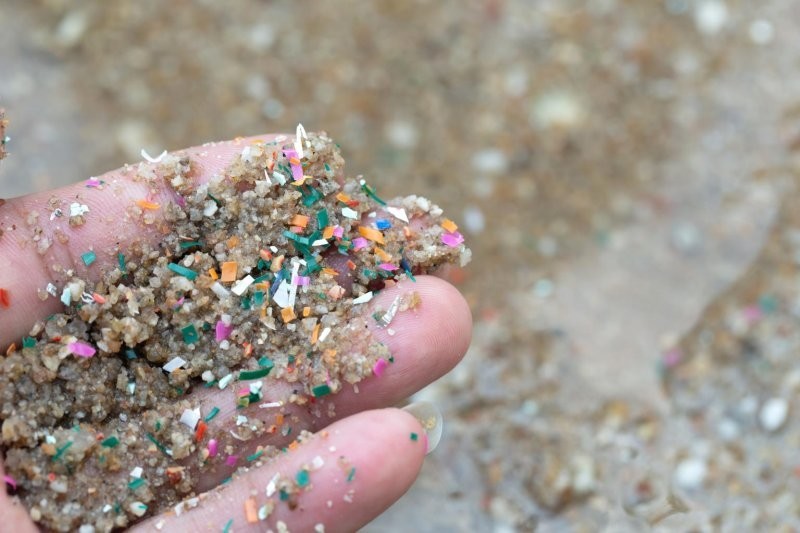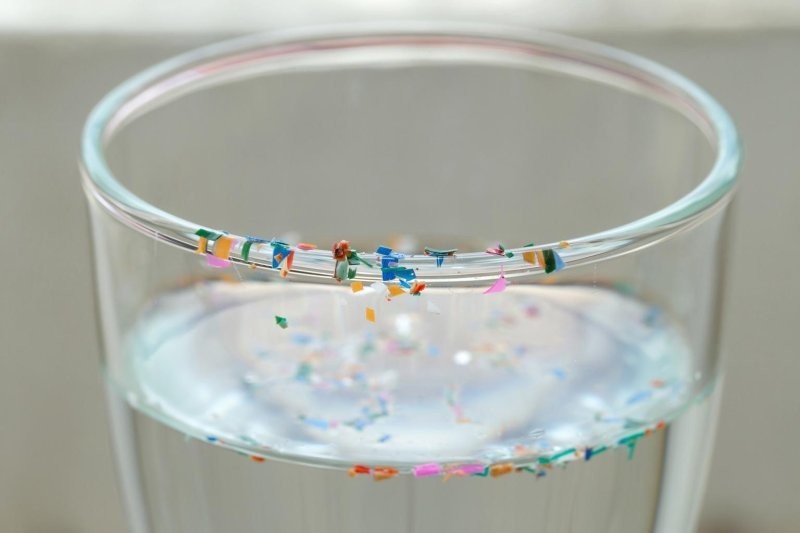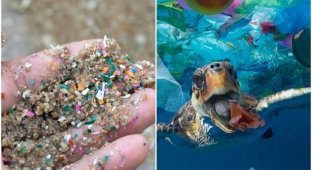Microplastics end up in the brain, says an article in the journal Environment Health Perspectives. Researchers at the University of New Mexico have found that plastic particles from our water, food and air travel from the intestines to other organs such as the kidneys, liver and brain. 
"Over the past few decades, microplastics have been found in the ocean, in animals and plants, in tap and bottled water. Plastic is everywhere," says Eliseo Castillo, assistant professor of gastroenterology and hepatology at the University of New Mexico.
Castillo's team conducted an experiment: for four weeks, mice were given water containing the same amount of microplastics that a person would consume on a weekly basis. 
Previously, scientists determined that a person eats five grams of microplastic every week. This is the weight of a standard bank card.
They found that microplastics move from the intestines to other organs.
“These mice were exposed for four weeks. What happens to a person if plastic enters the body from birth to old age,” the expert warns. 
The healthy mice showed signs of physical changes after just a few weeks, Castillo said.
"Now imagine that a person already has a disease, and these changes are added to it. Could microplastics worsen the existing disease?"
Plastic affects immune cells called macrophages, which are responsible for protecting the body, leading to inflammation. 
In Castillo's next study, he will examine how diet affects plastic absorption.
"Everyone's diet is different," he says. "We're going to feed one group of mice a diet high in cholesterol and fat, and another group of mice high in fiber. We'll see if they're exposed to microplastics."
"Our goal is to understand whether diet influences the absorption of microplastics into our bodies." 
But no matter what you eat, there is no escape from harmful particles. Scientists have found that 90% of proteins, including vegan alternatives, contain microplastics.
Add your comment
You might be interested in:
























